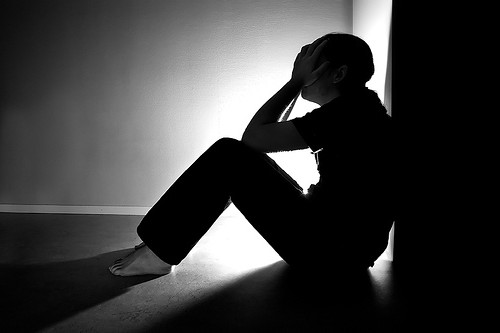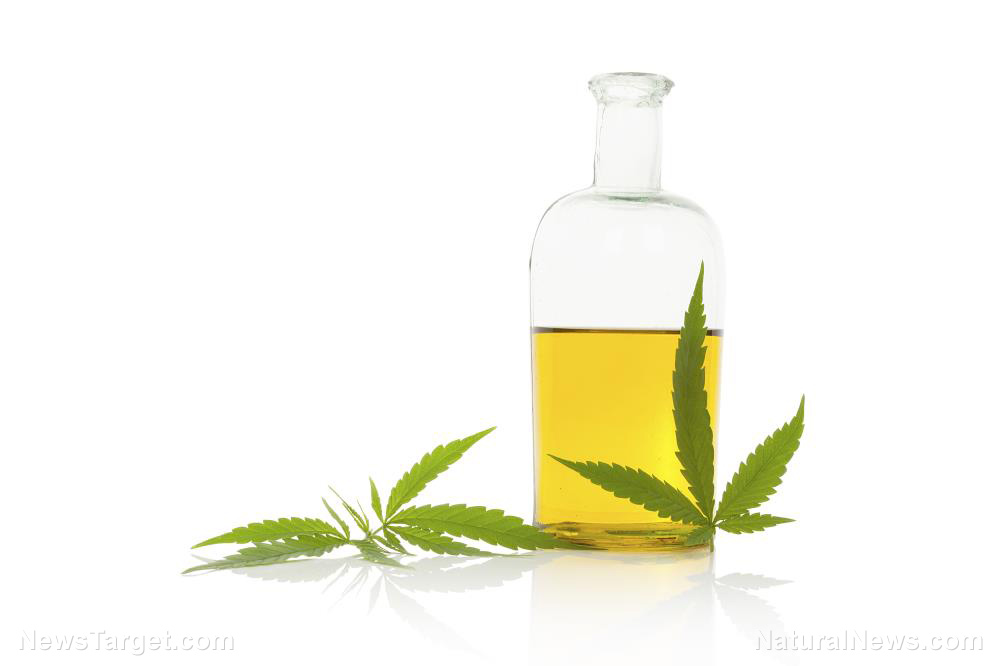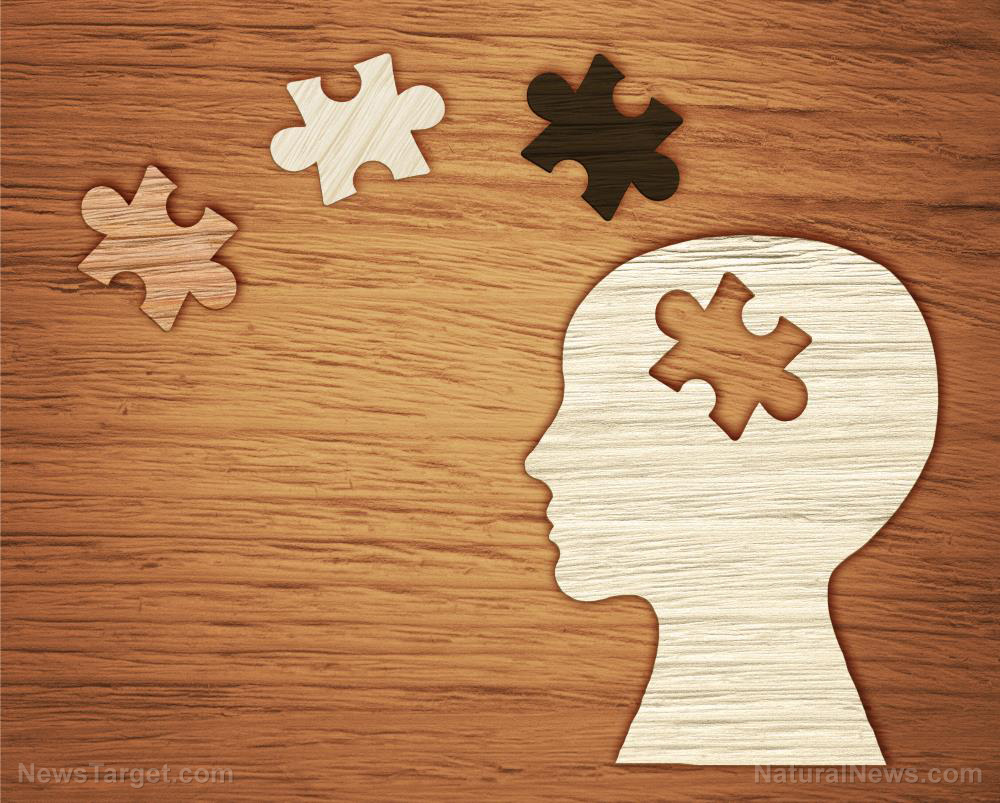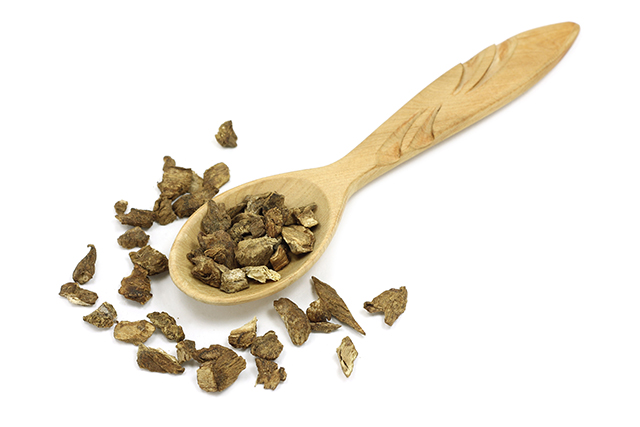SHOCK: 1 in 8 Americans are now alcoholics (and the other 7 are probably on drugs)
08/19/2017 / By Rhonda Johansson

In a world colored by drugs and sex, alcohol is a tame choice. There is no longer a seductive glamour in drinking; relics of the past overshadowed by convenience and accessibility. In fact, one could argue that having that late-night session with your buddies after work has become so standard that it’s all become part of a routine. Clean outside wounds with rubbing alcohol, and inside wounds with a little whiskey. Yet for all our bravado about drinking, mental health professionals say that we are currently facing a health crisis, with one in every eight of us abusing alcohol. A review of our drinking habits reveals a compelling case on the way we live and how dangerously close we are to dying in a drunken haze.
Researchers from the National Institute on Alcohol Abuse and Alcoholism (NIAAA) have stated that alcoholism in our country has reached catastrophic proportions, exceeding even the opioid epidemic. In only 11 years, the number of people who have been diagnosed with alcoholism rose by 49 percent. This translates to almost 13 percent of the entire American population abusing alcohol. That is equivalent to one in eight of us being alcoholics.
Dr. Bridget Grant led the survey over two year-long periods (2001-2002 and 2012-2013) and compared the change of data over time. Study participants were asked how many times they consumed alcohol in a week, as well as whether they had been diagnosed with alcohol use disorder (AUD). The diagnosis needed to be verified using DSM-IV criteria.
The results perturbed the authors. Key findings indicated that:
- Women showed an 83.7 percent increase in alcohol use disorder in the given time frame;
- Adults aged 45 to 64 years old had a 81.5 percent increase in alcohol dependence, whereas,
- Elderly individuals over 65 years old had a 106.7 increase in alcohol abuse;
- Participants who had only a high school education had a 57.8 percent increase of an AUD; and
- Those who earned less than $200,000 a year had a 65.9 percent increase in alcohol abuse.
This data appeared to be consistent across all races and ethnic groups.
Needless to say, medical doctors have described these findings as “alarming.” In the editorial published with the study, Dr. Marc Schukit of the University of California San Diego spoke of his distress.
“I am especially concerned about the 106 percent increase in AUDs for older individuals because they are likely to carry multiple preexisting medical disorders that can be exacerbated by heavier drinking,” he said. (Related: A Quick Look at the Mental Side Effects of Alcoholism.)
Unfortunately, Dr. Schukit also noted that the data would come to nothing if no budget is made or prepared to address it. He wrote, “efforts to identify risk factors for substance-related problems and to test prevention approaches take time and money and are less likely to be funded in the current financial atmosphere. If the proposed budget prevails, the National Institutes of Health will have serious problems keeping current research going, and it will be difficult or even impossible to fund new research.”
Researchers say they are not sure why there has been such a dramatic increase in alcohol abuse but say that possible reasons could range from less social stigma for women to drink and stress.
Hooked on a high
There were an estimated 2.1 million Americans in 2012 who suffered from some form of substance abuse disorder related to prescription pain relievers. This number has only grown in the last couple of years. Government officials say that providing a relatively accurate number has become increasingly difficult. This is due to more people abusing their prescription medicine in secret and more unscrupulous doctors over-prescribing pills. It is a cruel game anchored on greed and money. Sadly, the only ones who receive the negative impacts of such dishonesty are the patients themselves; the drug addiction rewires their brains and induces severe bouts of craving.
But this growing trend of substance abuse appears to be a manifestation of something deeper. Whether we are ingesting a depressant in the form of alcohol or shooting up on “medicine” for pain relief, our society has become entirely too focused on escaping reality.
Sources include:
Tagged Under: addiction, Alcohol, alcohol abuse, alcoholism, drug abuse, substance abuse
RECENT NEWS & ARTICLES
COPYRIGHT © 2017 BRAIN NEWS


















